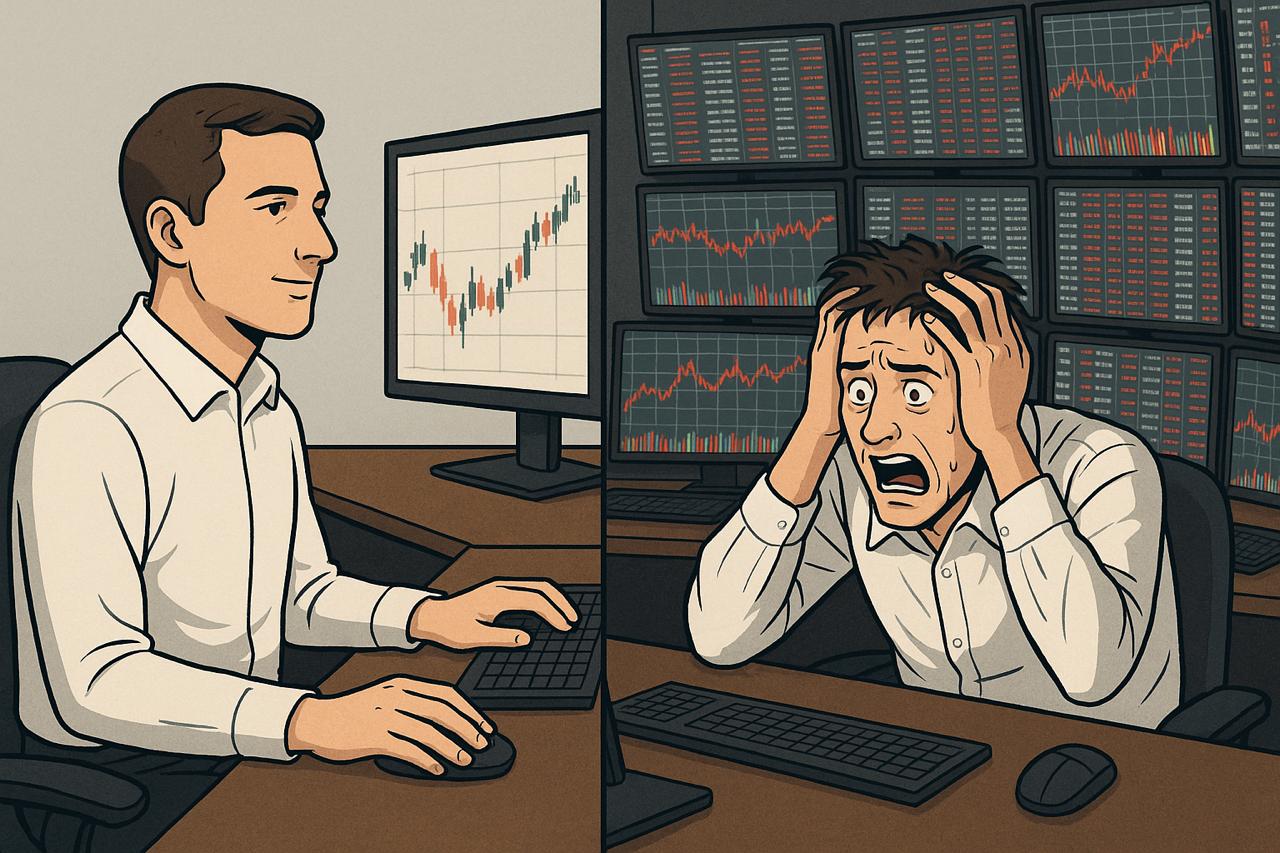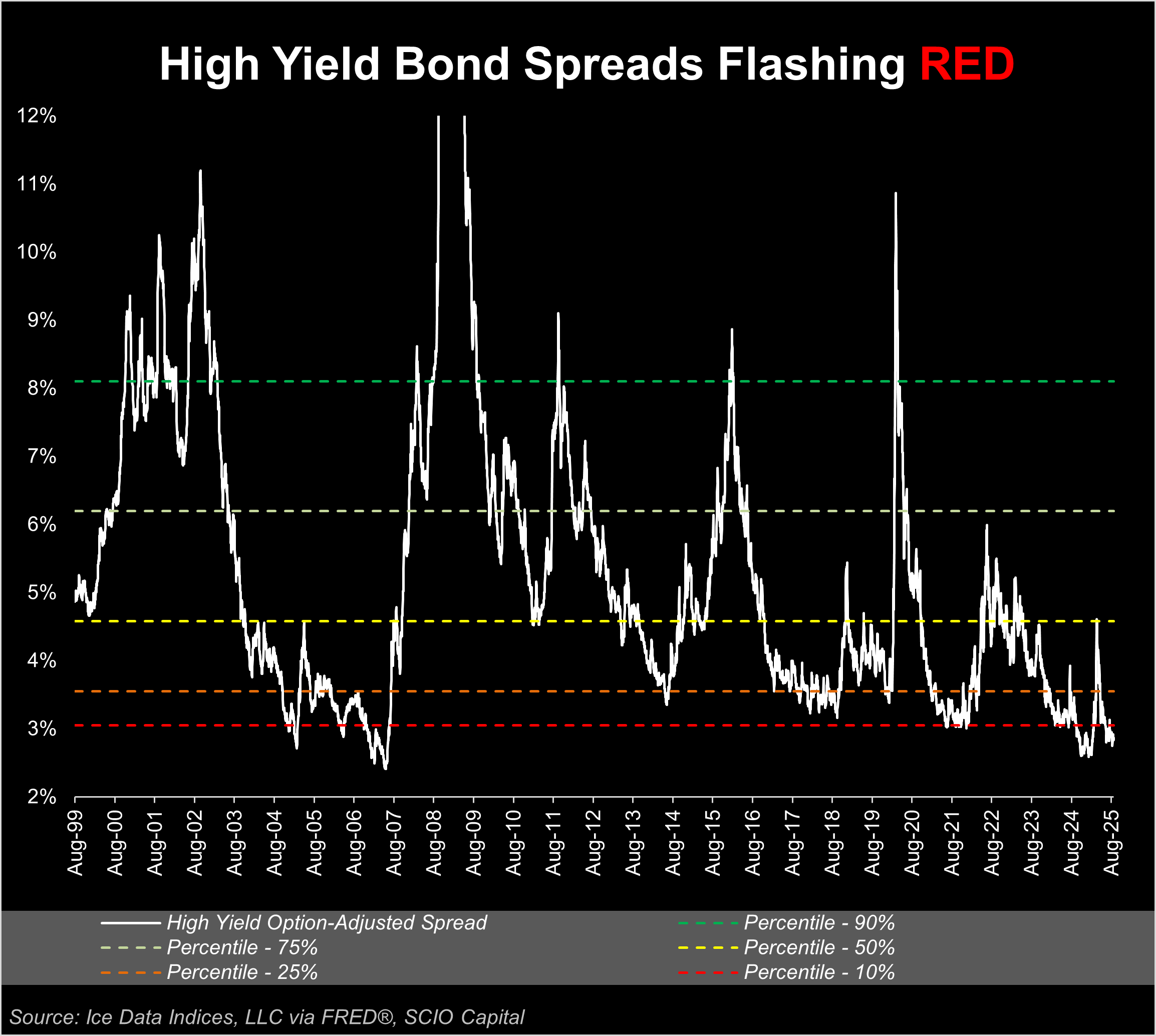
Bigger Isn’t Always Better: The Search for "Goldilocks" Fund Managers
In the world of asset management, it is easy to assume that bigger is better. After all, if a fund manager has accumulated billions in assets under management (AUM), they must be doing something right, correct? Well, not necessarily. While size does bring certain advantages, it does not always translate into better performance. In fact, when it comes to investing, there is a strong case to be made that smaller is often better, especially in private markets where liquidity is scarce, and opportunities are fragmented.
Let’s explore why investors should reconsider the allure of larger asset managers and instead seek out that "Goldilocks" manager—one that’s just the right size.
The Bigger They Are, the Harder They Fall
Empirical evidence increasingly suggests that bigger isn’t always better. Studies indicate that smaller fund managers tend to outperform their larger counterparts. For example, a Beachhead Capital study (2013) revealed that over a 10-year period, long/short equity managers with assets under management (AUM) exceeding $500 million generated an average cumulative return of 68.6%—significantly lower than the 107.2% achieved by fund managers with AUM below $500 million.
This advantage is especially pronounced in private markets, where investment opportunities are often small, illiquid, and fragmented. Smaller managers can be more agile, enabling them to capitalize on niche opportunities that are out of reach for larger managers.
Victims of Their Own Success
Ironically, one of the biggest challenges faced by skilled fund managers is their own success. When a manager delivers exceptional performance, they naturally attract more investors, leading to an increase in AUM. As assets grow, it becomes increasingly difficult to sustain outperformance, especially in private markets where sourcing, analyzing, and underwriting quality investments are time-consuming tasks.
For instance, consider a fund manager who starts with $100 million and delivers outstanding returns by focusing on small, under-the-radar deals. As assets swell to $1 billion or more, that manager now needs to find larger deals. The problem? Those larger deals are often more competitive, efficiently priced, and offer less potential for outsized returns, causing the manager’s outperformance to diminish.
The Reinforcing Cycle of Growth
As asset managers grow, so too does their reputation. But this growth is often fuelled by factors that have little to do with actual investment skill. Let’s unpack a few reasons why large managers continue to attract more capital, even when their performance wanes:
- Investor Confirmation Bias and the Myth of Safety in Numbers
There’s a cognitive bias known as confirmation bias that leads investors to believe there’s safety in numbers. The thinking goes: “If so many others are investing with this manager, it must be a safe bet.” However, history is filled with examples where this thinking led to disastrous outcomes—think Wirecard, Credit Suisse, or Bernie Madoff. Just because everyone is rushing toward a particular investment doesn’t make it a good one. Sometimes, it’s simply a case of herd mentality leading everyone over the cliff together.
- Misaligned Incentives
Some institutional investors prioritize job security over optimizing returns. As the saying goes, "Nobody ever got fired for investing in IBM." In other words, sticking with large, well-known managers feels like a safer bet, even if it means potentially sacrificing performance. This bias toward size over skill means that even when large managers underperform, they still receive a steady inflow of capital, perpetuating growth at the expense of returns.
When Small Isn’t Beautiful: The Challenges of Being a Small Fund Manager
Before romanticizing smaller managers, it’s important to acknowledge that being too small comes with its own set of challenges:
- Costs: Running a fund isn’t cheap. Legal fees, compliance, and operational expenses can be daunting for smaller managers.
- Fundraising Challenges: It can be tough for smaller funds to attract institutional capital, as many institutions have minimum allocation sizes that might overwhelm a small fund.
- Operational Infrastructure: Smaller managers may lack the back-office infrastructure needed to manage their funds efficiently, potentially impacting performance or scalability.
- Talent Acquisition: Hiring and retaining top investment talent can be challenging without the resources or brand prestige of a larger manager.
The Sweet Spot: Finding the "Goldilocks" Manager
So, if bigger isn’t always better and smaller isn’t always feasible, where does that leave us? Enter the "Goldilocks" manager: one that’s not too big, not too small, but just right. These managers have enough capital to access quality opportunities, build a strong operational infrastructure, and attract talent, but aren’t so large that they struggle to generate outperformance.
Investors who want to stack the odds in their favor should seek out these mid-sized managers. They’re typically still hungry to prove themselves, more agile, and better positioned to exploit market inefficiencies, particularly in private and illiquid markets.
Spotting a Manager Who’s Grown Too Big
While it is relatively easy to identify managers who are too small, spotting one who’s grown too big can be trickier. Here are a few warning signs that a manager may have outgrown their ability to deliver strong returns:
- Decline Ratio Drops Significantly: If a manager's decline ratio (the percentage of deals they turn down) starts falling, it may indicate they are becoming less selective—a red flag.
- Style Drift: When a manager starts investing in assets outside their stated expertise, it often signals they are chasing opportunities simply to deploy capital rather than sticking to what they do best.
- Overly Diverse Portfolio: If a once-focused fund suddenly looks like a mix of unrelated assets, it’s likely a sign that the manager is struggling to find attractive opportunities and is straying from their core competencies.
Conclusion: It’s Time to Rethink Bigger is Better
In the world of investing, bigger doesn’t always mean better. While large managers might offer comfort and familiarity, they often struggle to deliver the outperformance many investors seek. Smaller managers, particularly in private markets, have the advantage of being more agile, focused, and able to exploit inefficiencies.
However, investors shouldn’t blindly chase smaller managers either—balance is key. By seeking out that “Goldilocks” manager who is just the right size, investors can position themselves for strong returns without falling into the trap of chasing oversized, lumbering giants.
So, next time you’re considering where to allocate your capital, remember: it’s not about being the biggest; it’s about being the best at what you do.

.svg)



.png)






.svg)






